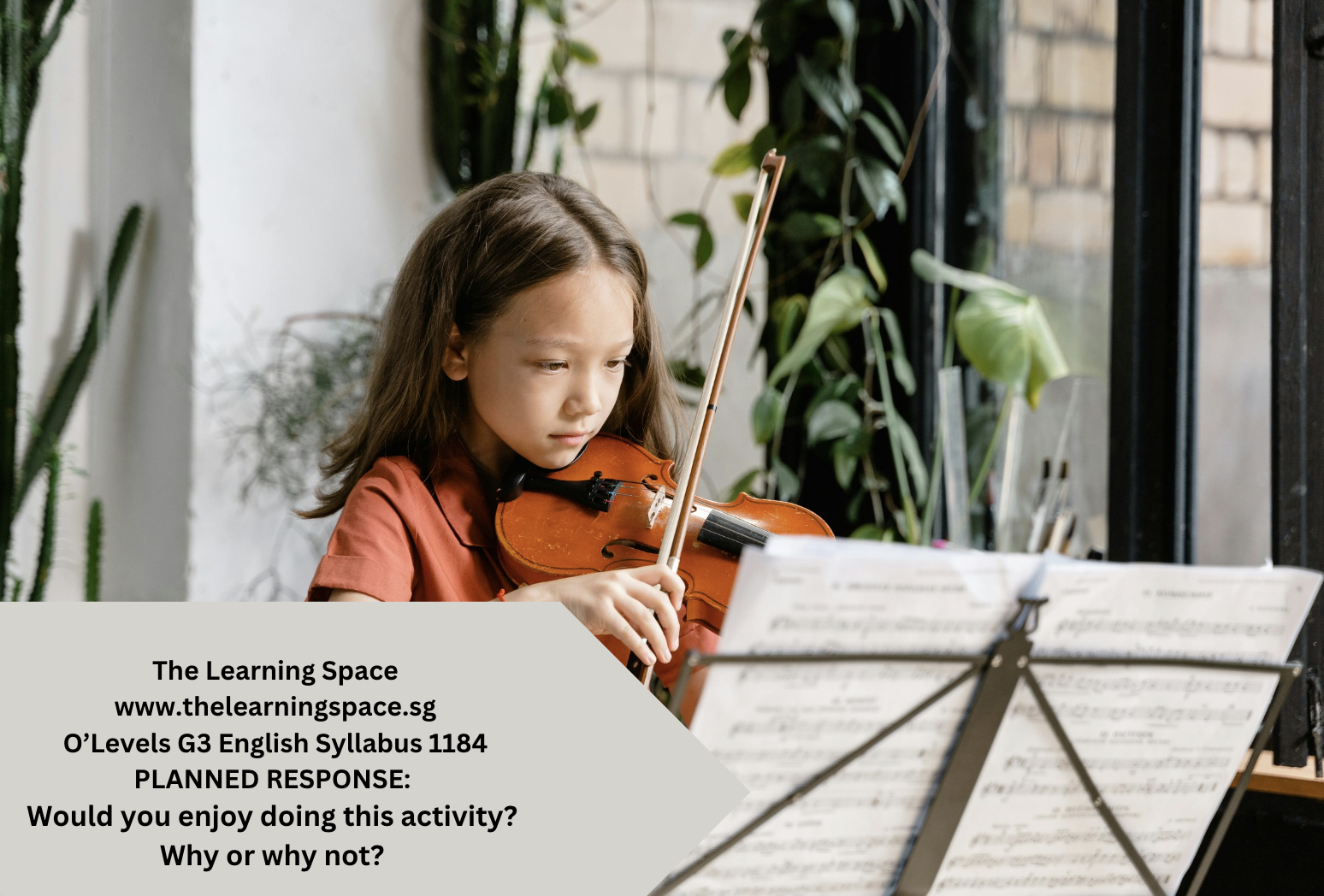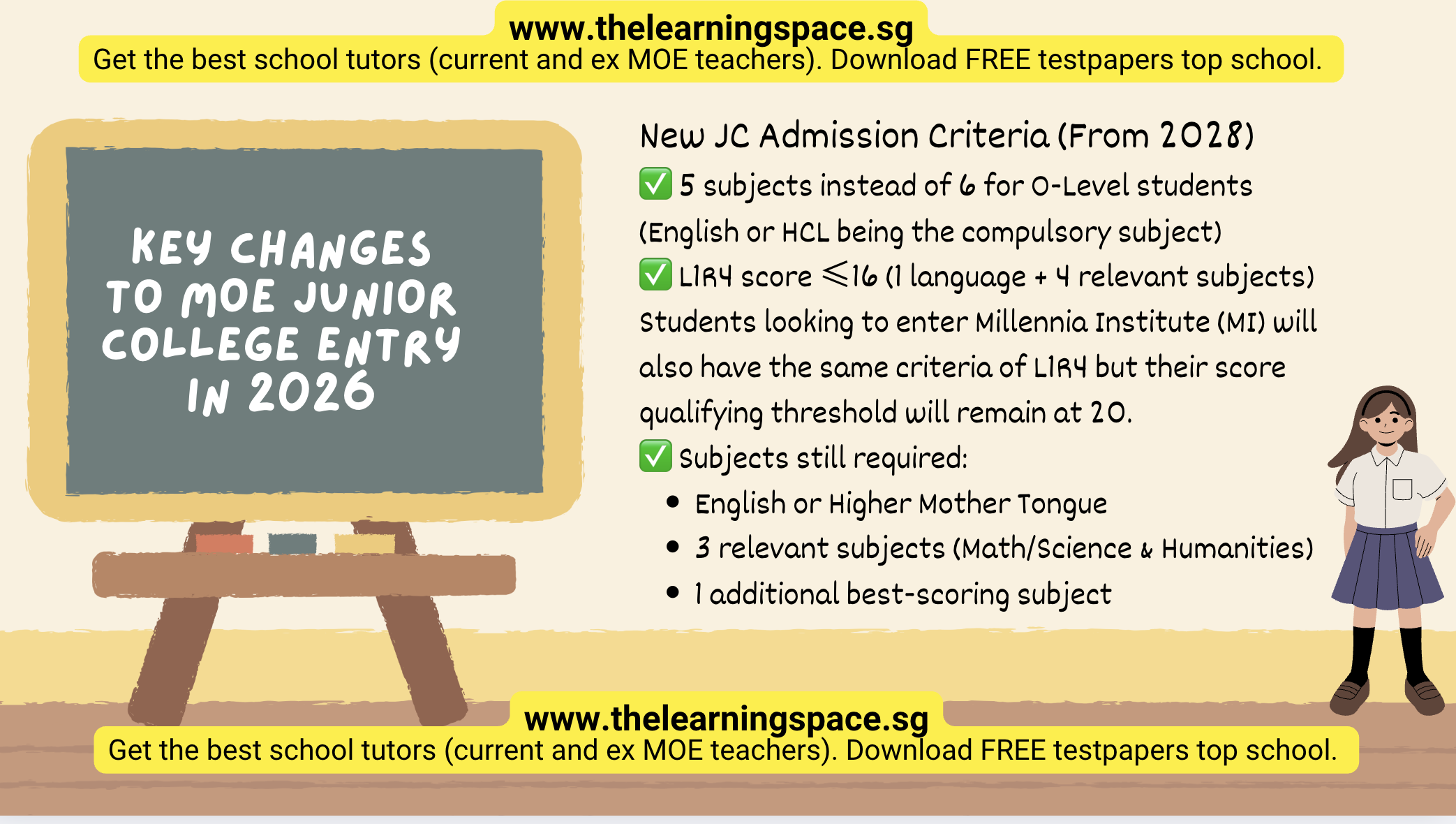Come next year 2024, MOE will introduce Full Subject-Based Banding (Full SBB) in over 100 mainstream schools in Singapore. This is good news for many as some would rejoice and recognise MOE’s ongoing efforts to encourage the joy of learning and develop multiple pathways that will be better suited to the varied strengths and interests of our students in Singapore.
How will Full SBB affect students, particularly Secondary Two students choosing their subjects?
First and foremost, with full implementation of SBB, there will no longer be separate Express, N(A), and N(T) streams, and students will be in mixed form classes where they can interact with peers of different strengths and interests. This means that if you meet the eligibility set by your school, you are able to take on a subject at a higher level.
According to MOE website, for Secondary Two students who are choosing their subjects for Upper Secondary can choose to take the subjects at a more demanding level provided they meet the set criteria (indicated by their school.) From 2024 onwards, Secondary 1 students will be able to offer subjects at three levels: G1/G2/G3 (G stands for General), mapped from today’s N(T), N(A) and Express standards respectively. Students can take a range of G1/G2/G3 subjects based on their abilities. There will no longer be NT, NA or Express stream.
This being said, does it mean that you should choose to do a subject at a higher level, simply because you are eligible? Also, should you choose to take A-Math or just be contented with E-Math? What are the differences?
What is Additional Mathematics (A-Math)?
Additional Mathematics Singapore-Cambridge General Certificate of Education Ordinary Level (2021) (Syllabus 4047) / Additional Mathematics O-Level Syllabus 4049 (2023) – SEAB
For A-Math, you will learn Algebra, Geometry and Trigonometry, and Calculus which set the foundation for you to take on Math at A’Level. Besides conceptual understanding and skill proficiency explicated in the content strand, the development of process skills, namely, reasoning, communication and connections, thinking skills and heuristics, and applications and modelling are also emphasised.
What is Elementary Mathematics (E-Math)?
E-Mathematics O-Level Syllabus 4052 (2023) – SEAB
The syllabus is intended to provide students with fundamental mathematical knowledge and skills. The content is organised into three strands, namely, Number and Algebra, Geometry and Measurement, and Statistics and Probability. Besides conceptual understanding and skill proficiency explicated in the content strands, important mathematical processes such as reasoning, communication and application (including the use of models) are also emphasised and assessed.

What are the differences between E-Math and A-Math?
The questions that come up in A-Math exams are repetitive and very similar to the ones students would have done in their daily practices. Most students who take A-Math would agree that as long as they memorise the needed Maths formulas (which we have included a list of 2023 O Level A Math Formula Sheet here), they stand a good chance of passing with flying colours.
On the flip side, EM requires more logic and out-of-the-box thinking. Even with practice, the questions that students encounter during exams can be differ from their practices enough to confuse them. There are also many variations of phrasing in EM questions and they all affect the answer. In addition to this, AM may have fewer questions but the time spent to do the workings and the accordance of marks to the workings differ greatly from E-Maths.
In E-Maths, there are shorter-ended questions with less emphasis placed on the workings. However, it is pertinent to note that for E-Math, marks still awarded for workings and students should not skip steps as they still will be penalised.

In a nutshell, taking A-Math definitely helps you to pave the foundation needed for Junior College, if you are thinking of joining Polytechnic after Secondary Four, you may not need to go down this “rabbit hole”, provided the course you choose does not need this requirement.
Need more help? Find a reliable tutor that can help you navigate through this whirlwind. For tuition on A-Maths or E-Math, you can whatsapp us or contact our team of qualified current and ex MOE tutors who will be able to guide you further.



